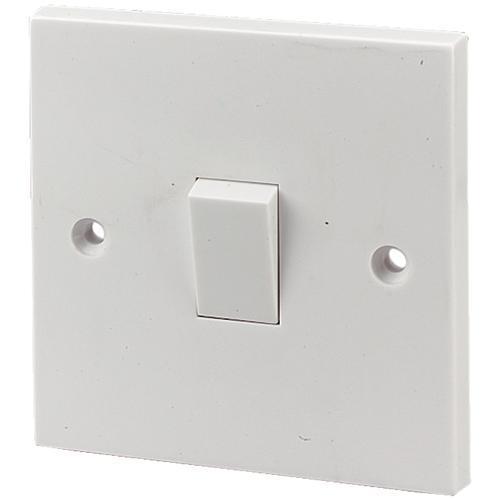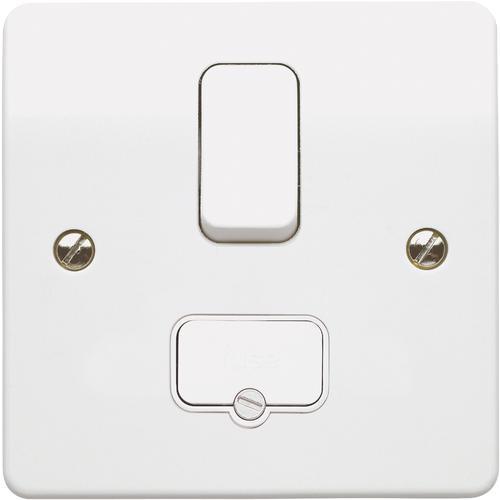I'm planning my kitchen electrics layout and I'm a little stuck as to the best way to provide power to an island located Cooker Hood.
From where the hood will drop from the ceiling, there's a conveniently located ring circuit cable for upstairs which I could splice into and provide a single switched socket in the ceiling within the hood canopy? Although I appreciate that it wouldn't really be best practice to mix upstairs/downstairs appliance on a floor-dedicated ring.
Appreciate your ideas/views/advice.
From where the hood will drop from the ceiling, there's a conveniently located ring circuit cable for upstairs which I could splice into and provide a single switched socket in the ceiling within the hood canopy? Although I appreciate that it wouldn't really be best practice to mix upstairs/downstairs appliance on a floor-dedicated ring.
Appreciate your ideas/views/advice.




